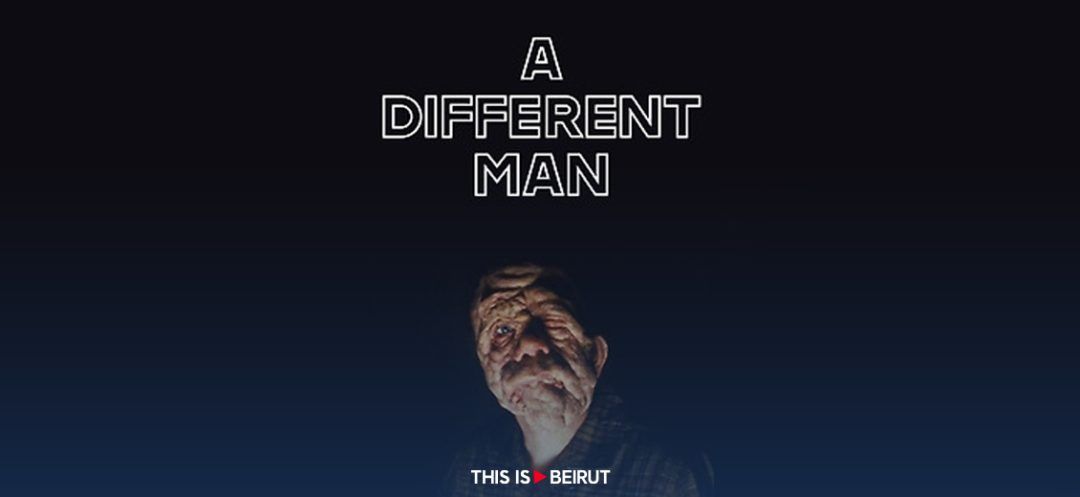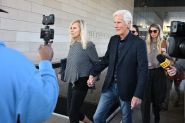
In today’s film industry, where prevailing beauty standards often overshadow diverse narratives, the film A Different Man emerges as a bold exception. This sharp comedy, vying for recognition at the Berlin film festival, takes a pioneering step by casting Adam Pearson, a British actor living with neurofibromatosis, in a leading role. He stars alongside Sebastian Stan and Renate Reinsve, with Reinsve embarking on her inaugural American production endeavor following her Cannes Best Actress win.
A Different Man unfolds the poignant tale of Edward, a New Yorker whose visage bears significant marks of his condition, relegating him to a life of solitude and melancholy. His dream of acting is consistently thwarted by an industry that typecasts him into narrow, stereotype-driven roles. It’s only Renate Reinsve’s character, an aspiring playwright and Edward’s neighbor, who looks past his physical appearance to see his true potential.
Edward’s narrative takes a dramatic shift with the opportunity for a revolutionary treatment that promises to rid him of his disability and align his appearance with conventional male beauty standards. This metamorphosis enables Edward to reinvent himself successfully in the real estate domain, until the arrival of Oswald, a figure mirroring Edward’s past self yet seemingly flourishing where Edward did not.
Aaron Schimberg, the film’s director who also has a facial deformity, delves into personal introspection: “These questions have followed me throughout my life: how (the disability) defined me, both personally and in relation to others, and how different my life would be had I not been born this way.” A Different Man critically examines the “beauty privilege,” shedding light on how societal biases favor those deemed physically attractive.
Schimberg, who previously worked with Pearson on Under the Skin, addresses the complex issue of casting in cinema. He advocates for genuine disability representation, navigating the criticism of exploitation for casting genuinely disabled actors and accusations of inauthentic portrayal for using makeup to simulate disabilities. In A Different Man, Schimberg adopts a dual approach: Sebastian Stan portrays Oswald using prosthetics, while Pearson embodies Edward, providing a multifaceted view on the topic.
Pearson, a staunch advocate for the anti-discrimination, confidently states: “The public is much smarter than we think.” He passionately believes in the transformative power of film, capable of altering audience perceptions, if only momentarily with a good film, or indelibly with an exceptional one. Thus, A Different Man not only challenges the film industry’s beauty standards but also invites audiences to reconsider the concepts of beauty, identity and disability representation. This film underscores the capacity of cinema to enlighten and foster a more inclusive society.
With AFP
Read more




Comments